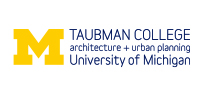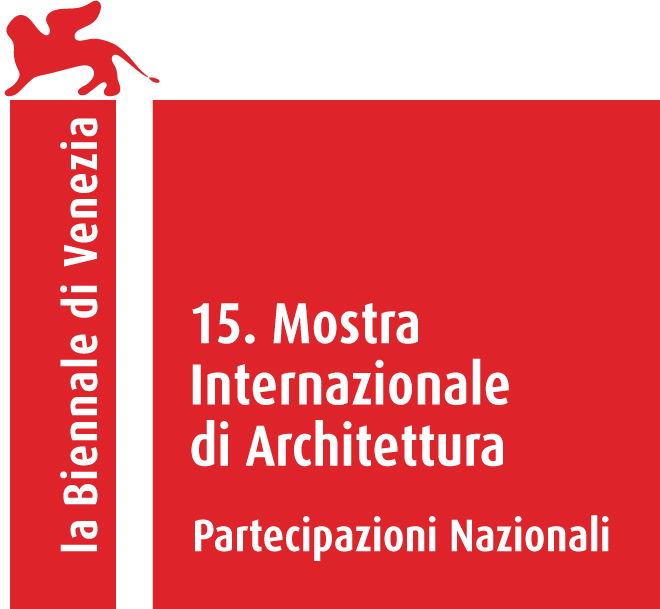PACKARD PLANT East Grand Boulevard and Concord Avenue
The Packard Plant is a former automobile manufacturing facility located in Detroit’s north-south industrial beltline. Originally commissioned and owned by the Packard Motor Car Company, which at its peak employed 40,000 workers, the plant was innovative for its use of reinforced concrete and an open warehouse floor plan.
Designed by architect Albert Kahn in 1905, this was the first industrial building in the world to emphasize a large, productive floor plan without the interference of columns. The reinforced structure also enabled the use of large, tall windows to bring natural light deep into the workspace.
In addition to automobiles, Packard produced military craft and engines, and thrived during the two world wars. Many buildings were constructed to accommodate this seemingly endless growth. Postwar, however, the luxury automobile industry declined, and in 1958 the company went out of business.
Parts of the plant remained operational, used by other businesses until 2010, when the entire plant went silent and became unoccupied. Over decades of visits, urban explorers and vandals have left the structure unsound, having stolen or destroyed most finishes and basic infrastructure. Frequent fires break out in the structure – costing the City of Detroit nearly $1 million annually – and a plethora of non-commissioned graffiti covers many surfaces. Some of this graffiti, including the famous “Banksy Mural,” has fetched thousands of dollars after being removed from the plant and sold.
The site was purchased in December 2013 by Peruvian developer Fernando Palazuelo, who is known for leading development of central Lima from a similar state of disinvestment and abandonment. He intends a mixed-use future for the Packard Plant on a 10-15 year timeline and a $350 million dollar estimated budget.
The surrounding neighborhoods are primarily industrial, with decimated residential communities to the east.
The site is zoned M4 – Intensive Industrial District, defined as “a district that will permit uses which are usually objectionable, and therefore, the district is rarely, if ever, located adjacent to residential districts” (Detroit Zoning Ordinance).





